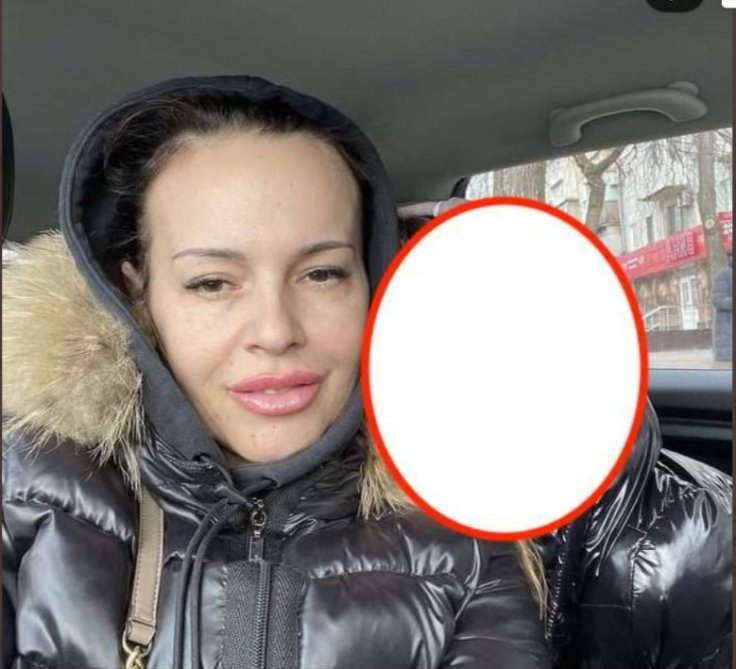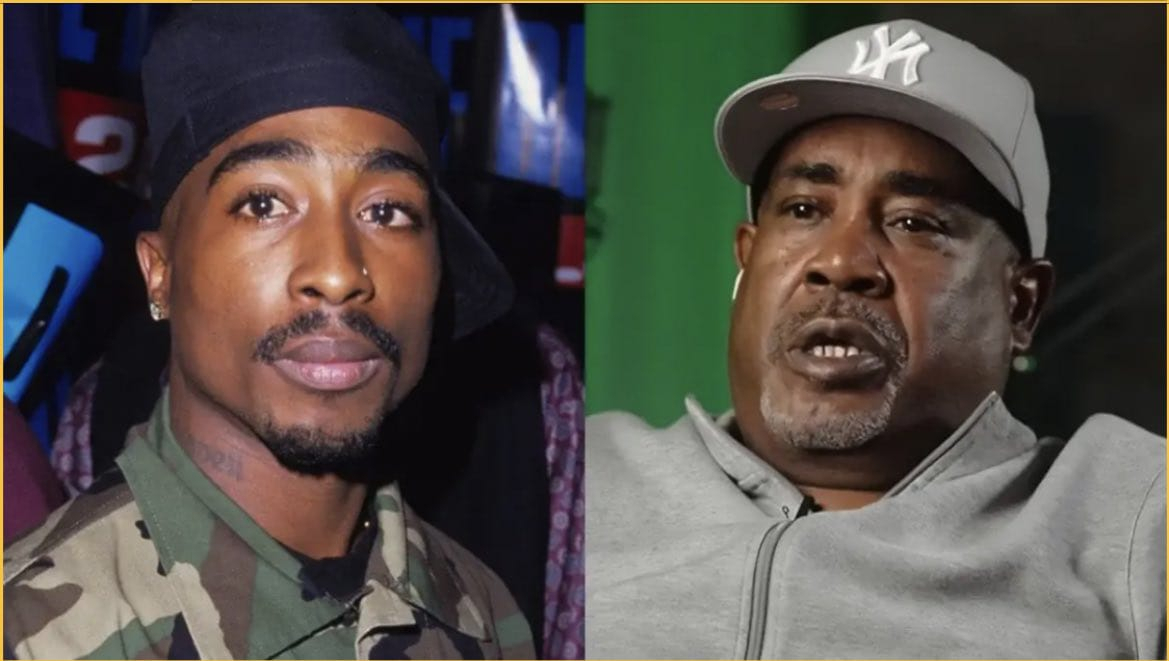Who is Natalia Vovk? Did she kill Darya Dugina? Is she a Ukrainian spy? Is she real or a figment of Russia’s imagination? Several questions have been doing the rounds since Russia secret services, FSB, named Natalia Vovk as the prime suspect behind the car bomb attack on Saturday that killed Darya Dugina, journalist and daughter of Putin’s ‘brain’ Alexander Dugin.
While Russia has claimed Vovk to be a Ukrainian spy who is trained in killing high-profile targets, Ukraine on Tuesday gave a different version of the woman, debunking Russia’s claims. According to reports, Vovk is from Ukraine but she isn’t from the Azov battalion as claimed made by the FSB.
Contradicting Claims
Russia on Monday released photographs and a video of Vovk. She is seen in the video sporting getting her car checked by cops. The video also shows her outside an apartment, which the FSB claimed was the same building Dugina was staying. In the third part of the video, Vovk is seen leaving in a Mini Cooper with a different number plate.
Russia said that Vovk entered Moscow along with her daughter on July 23 and started staying in the same building where Dugina was living and started following her covertly for several weeks throughout Moscow.
These photos, supposedly taken on July 23, showed Vovk with blonde hair. Her chestnut brown hair was visible on footage taken after that date, indicating that she may have dyed it or used a wig to hide her identity.
On the day of the assassination, Vovk and her daughter went to the Tradition festival, where Darya was taking part. She then killed her with a controlled explosion and fled to Estonia via the Russian city of Pskov.
The sequence of events, as described by Russia’s security service, reads like a plot from a Hollywood spy movie, with Vovk changing her appearance and using a different vehicle’s license plate to hoodwink security guards.

The FSB claims that she is a former member of Mariupol’s Azov battalion but is now a seasoned spy who planted 800g of explosives under the driver’s seat of her car on Saturday and killed Dugina.
That, however, is Russia’s version.

Ukraine hasn’t said much but has denied all the claims including that Kyiv was behind the killing of Dugina. Moreover, the Azov Battalion asserts that it has no record of Vovk having served with them, and information that has surfaced from social media accounts depicts a picture that is at odds with Moscow’s narrative.
What We Know
According to the FSB, Natalia was born in 1976 in Mariupol, which was then a part of the Soviet Union, in the Donetsk region of Ukraine. Shaban, according to pro-Kremlin Telegram channels, is the new surname Vovk allegedly obtained later. That’s the reason her daughter uses that surname — Sofia Shaban.

According to a Daily Mail report, some of Russia’s claims related to Vovk looks accurate. The outlet reported that, on VKontakte, Russia’s version of Facebook, a now-deleted profile depicts a Natalia Shaban (Vovk) who lived in Mariupol.
Her account had a small number of followers and was last used in 2016.
The FSB further asserts that Natalia brought Sofia, her daughter, into Russia while spying on Dugin before to the murder. Additionally, Danil Shaban has been mentioned on pro-Russian social media accounts as being the name of Natalia’s son.
That information also seems to be supported by Vkontakte data from the same deleted profile that was uncovered by the investigative website Proekt.
Natalia does indeed appear to be the mother of two kidsâa boy and a girlâand different Danil Shaban profiles can be found on Facebook, VKontakte, and TikTok, each of which states that Danil was born in Mariupol in 2000.

However, the accounts provided by the Russian and Ukrainian sources diverge after this.
Ukraine hasn’t denied Vovk’s existence but hasn’t said anything beyond that. However, Azov has cleared its name from the entire episode. A spokesman for the group told Ukrainian media that Natalia had never served with them given that there are no female soldiers in the Azov battalion.

He further stated that an Azov soldier would not be seen carrying the ID card displayed by the FSB, which is actually for the National Guard. He said that because the woman had married and changed her last name, pencil lines on the ID demonstrate that it was invalid.
The spokesperson conjectured that the fake ID had been kept in the archives of the Ukrainian national guard in Mariupol, which is currently under Russian control, and had been discovered and mishandled for propaganda purposes by Russian troops.
This again raises fresh questions on Vovk’s real identity. However, as of now, one thing is clear— Natalia Vovk seems to exist in reality. However, her links to Ukraine’s secret services and eventual role in Dugina’s assassination still remains unclear.







